Yunmeng archeologist, and the ancient Chinese civilization password in their hands
Author:Cover news Time:2022.08.02
Cover reporter Bian Xue Zhang Yidan Hubei Yunmeng Report
Yunmeng is the smallest county in Hubei Province. It is in the large Jianghan Plain. This county presented in the northeast was once in the northeast. Fang Jiu Bai Li, the great Fu who has a mountain "is known to future generations.
In December 1975, archaeologists used the tools in this land to use the tools in their hands to have many years of sleeping for more than 2,000 years. A large number of bamboo slips, the first family books in China, which are known as the "first floor of Huaxia", and the first discovered national treasure -level historical cultural relic sleeping tiger Qin Jian, which gives themselves a heavy historical and cultural heritage Yunmeng sounded all over the country, and the reputation of "Jianye's Hometown" was well -known.
After a lapse of decades, in Yunmeng County, the Zhengjiahu cemetery, about 3,000 meters west of the Qin tomb in Yunmeng County, reproduced the "first long text" of China. Because of the earliest period of this puppet, the longest length is also the longest, involving many fields such as archeology, ancient literature, ancient literature, and ancient history. It has significant academic value. Valuable text materials.
"At that time, Chang Wenyu and other wooden strips were wrapped together. After taking it out, we washed it with water before we saw the words above. Hurry up to the provincial protection expert Li Lan." Even though it has been many times Describing the unearthed process of long Wenyu, Luo Yunbing, deputy dean and researcher of the Hubei Provincial Institute of Cultural Relics and Archeology, and the leader of the Zhengjiahu Archaeological Team, still difficult to restrain the excitement and joy of the cultural relics in September last year.
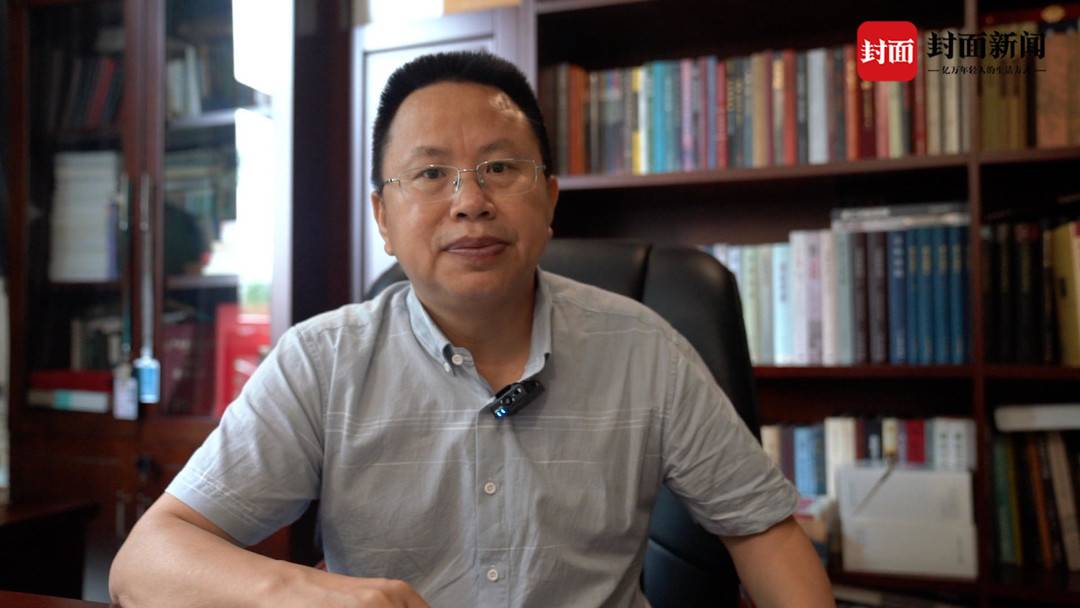
▲ Luo Yunbing, deputy dean of the Hubei Provincial Institute of Cultural Relics and Archeology and Deputy Director of Hubei Provincial Museum (Cover Journalist)
Following Luo Yunbing's memories, we dial the time to the time of clockwise on September 23, 2021. Afternoon in the afternoon of the sun, witnessing the weird and cloudy period of the cultural relics of the millennium, telling the world about the integration of Qin Chu's integration. Historical events.
Chinese No. 1 Changwen Huan records more than 700 words
Fill
Zhengjiahu Cemetery is located in Chengguan Town, Yunmeng County, Hubei Province. It is distributed in the southeast suburbs of Chu Wangcheng City. It is about 1,000 meters from the Longgang Cemetery and about 3,000 meters. According to Luo Yunbing, the Zhengjiahu cemetery belongs to the public cemetery, and the Qin people and the Chu people are buried adjacent to the Chu people. Through multi -disciplinary testing, the previously excavated cemetery clearly revealed the frequent migration and close interaction of the north -south crowd at that time, which was a vivid portrayal of multi -ethnic integration.
35 degrees Celsius. This is the most familiar outdoor temperature when working in the Archaeological Team of Zhengjiahu. It is also in such high temperature weather. More than a thousand (sets) of precious cultural relics located in the Zhengjiahu cemetery area C is displayed in front of the world. "In order to cooperate with the construction of Yunmeng County, since May 2020, the Hubei Provincial Institute of Cultural Relics and Archeology and the Yunmeng County Museum jointly conducted archeological excavations on Zhengjiahu Cemetery to clean up more than 300 Warring States Period and the Qin and Han dynasties." The most important discovery is a wooden cricket unearthed from the tomb No. 274.
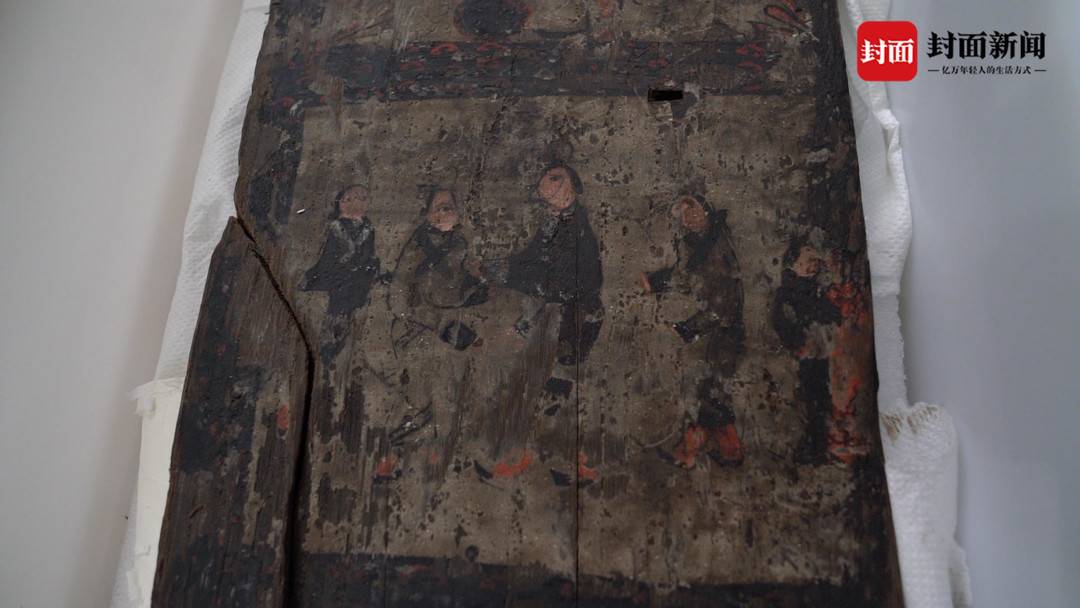
▲ The exquisite funeral wood board paintings unearthed from Area C in Zhengjiahu Cemetery (filmed by the cover reporter)
On September 23, 2021, Yunmeng reproduced the shocking brief cultural relics. After nearly two months of research, experts believed that Zhengjiahu Cemetery District C was excavated and unearthed in the late Warring States Period. It was written about 700 words on Qin Li. "Wen Yan" (later referred to as Wen Yan), it was of great value for further studying society, history and thought at that time.
According to Luo Yunbing, this article is extremely rare in shape, which is cut from a round wood vertical. It is 34 cm long and 3.5 cm wide. The semi -circular wood surface is cut into seven uniform edges, each with a width of about 0.5 to 0.6 cm width.
Ji Wen recorded that the essay was about the story of the conspirator's lobbying King Qin's sleeping. According to expert research, the incident may occur in the late Warring States Period. At that time, Qin Guo was strong. The Five Kingdoms of the East and the Five Kingdoms forced Qin and achieved a temporary victory. He sought to fight with Qin. The allusions such as the Temple Temple imply, implying that King Qin should learn from history. In addition, the conspirator used what he saw and heard, and persuaded Qin to stop the soldiers so that people lived in peace. In the end, it described Qin Guoguang, strong soldiers, people, and things, metaphorically, King Qin should be "contentment".
Luo Yunbing bluntly said that the history of events such as "The Battle of Wei Yue Su Suye" and other incidents that have not been seen. Research and interpretation. "But Chang Wenyu has important research value for exploring the shape and application of ancient wooden crickets, enriching and promoting some historical matters and political ecology at the time of the Spring and Autumn and Warring States Period."
At the Yunmeng Museum, Zhao Jun, a librarian of the Hubei Provincial Institute of Cultural Relics and Archeology and the executive leader of the Zhengjiahu Archaeological Team, showed reporters to reporters the "China First Long Culture" that was stored after repairing. "After the repairs are repaired, most of them are very clear. The fonts are Qin Li. Individual text books mean stronger. We can read many characters, such as 'expensiveness is the emperor, rich in the world'." Jane unearthed in China. Most of the importance of Hubei, Hunan, Gansu, Inner Mongolia, Xinjiang and other places. As far as content is concerned, the importance of Jianjian unearthed from Chu Di is self -evident. According to Zhao Jun: "Yunmeng has 4 batches of simple archeological discovery, Yunmeng and Qin Jian has epoch -making significance in studying the political, economic, military, and cultural in the Qin Dynasty." ▲ Zhao Jun showed to the cover reporter. "China First Long Question" after dehydration and restoration (shot from the cover reporter)
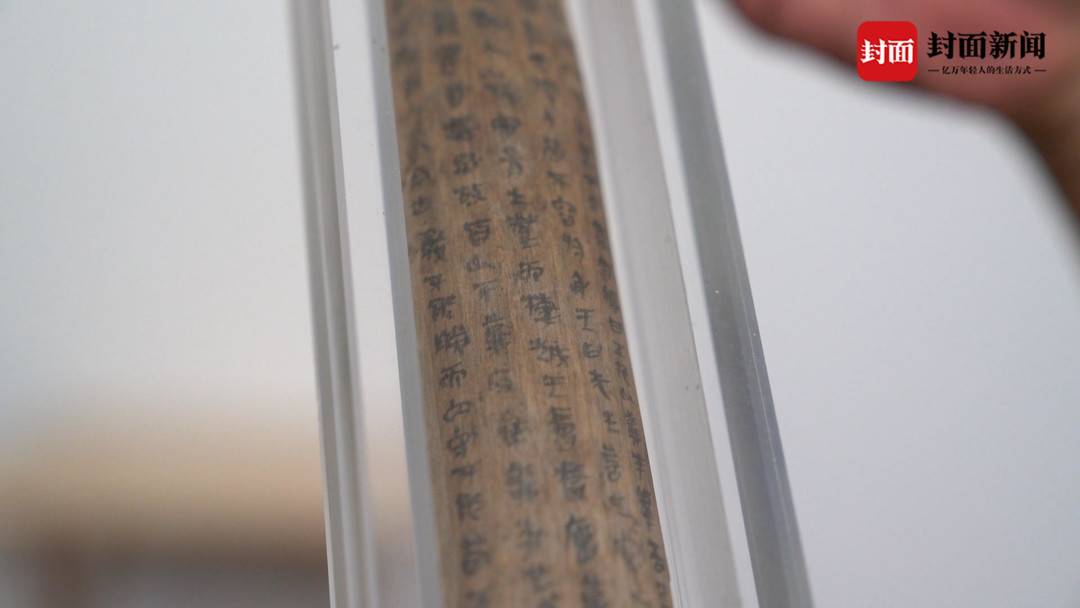
All rare treasures were unearthed for the first time
Read the process of the integration of Qinchu culture
In 2021, the total number of various cultural relics (sets) unearthed in the Zhengjia Lake Cemetery was excavated, and the total number of lacquer woodware reached more than 400 pieces (sets), mainly including ear cups, crickets, boxes, tin pots, bottles, 卮, 璧, 璧 璧 璧 璧, Figurine, etc., the character painting flat pots, tiger head pillows, double -mouth flat pots, ear cup boxes and other distinctive treasures are the first or rare discovery of related cultural relics in the same period in China. The splendid and prosperous, and provided important empirical materials for the study of the Qin people's funeral, living customs, artistic shapes, and Qin and Han lacquerware production, process and technology. Some funeral arts drawing also fills the research gap in patterns and materials of Qin and Han painting, which is an important discovery in the history of Chinese art.
▲ Tiger head pillow unearthed in the M257 of Zhengjiahu Cemetery C Area (Data Picture)
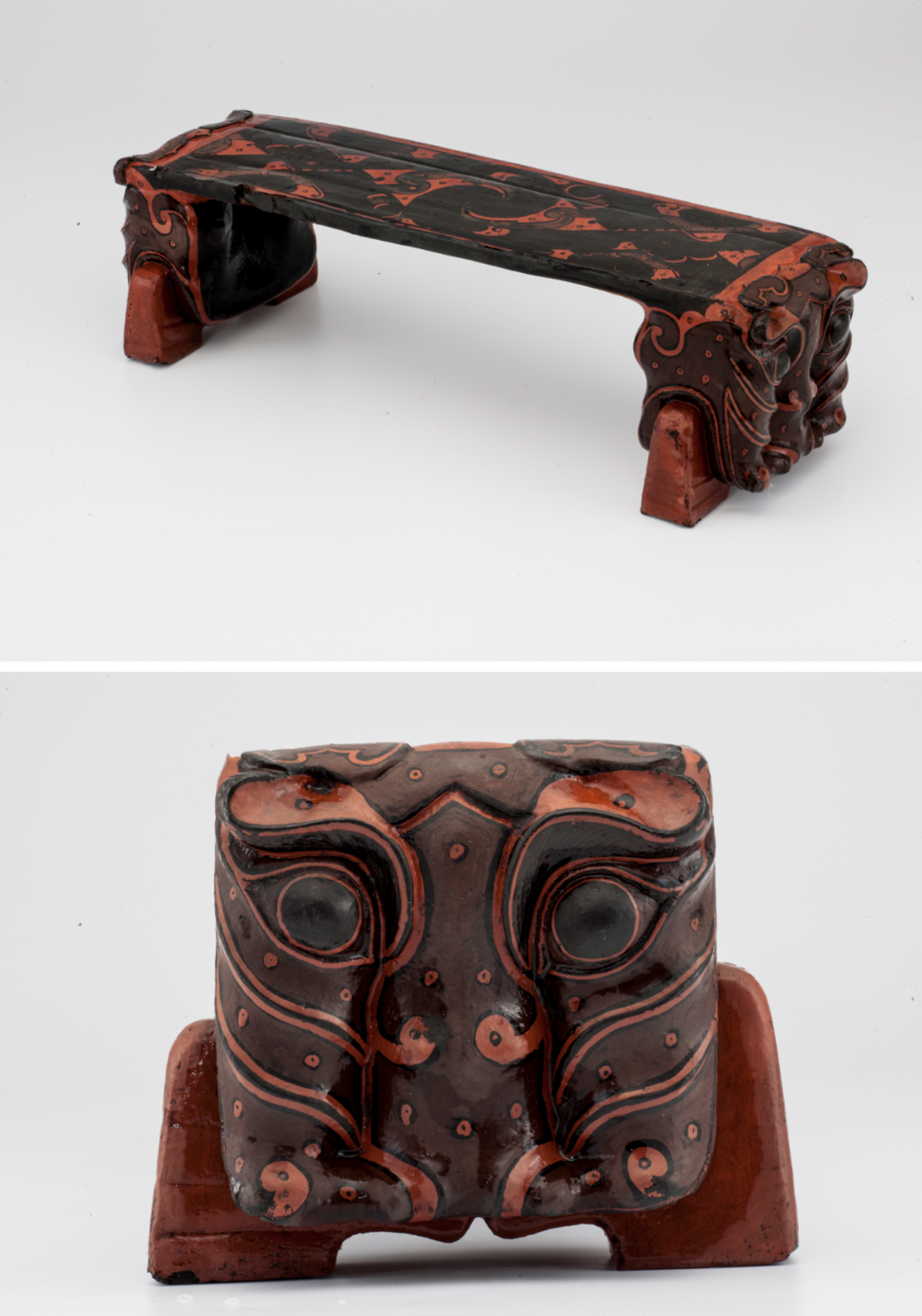
"Thanks to the work plan and arrangement of the" mining and protection ", all kinds of cultural relics unearthed from Zhengjiahu Cemetery have been well preserved." Li Lan, a researcher at the Hubei Museum and Lacquer Word Protection, said that it was unearthed from Hubei Province. The number of lacquer wood wares is large, and the tomb full of water is very conducive to the preservation of lacquer wood wares, but when the lacquer woodware is exposed to the air, it will instantly change the state of sealing and water in the tomb. High requirements.
In order to ensure that more than 400 (sets) lacquer wood wares were protected to the greatest extent, Li Lan, a researcher at Hubei Provincial Museum, and archeological teams, made a good plan in time, and urgently carried out a series of work such as cleaning and dehydration.
"For example, this wooden version of the wooden print was unearthed in September 2021. We carried out dehydration and protection in November. Now it has basically not changed when it was unearthed. The patterns on the wooden board are clear. There are many exquisite lacquer wooden wares that have been protected to the greatest extent. "Li Lan explained.
At the Yunmeng County Museum Cultural Relics Repair Center, Li Lan also introduced other lacquer wood wares in the studio. Among them, a two -port flat pot that was dehydrated evoked Li Lan's memories. "At that time, after the two -port paint flat pot was cleaned, there would be sound when the pot was shaken. We guess that the inside of the flat pot was separated by the partition and divided into two areas, but it could not determine the structure and process production of its internal structure and craftsmanship. Material, so we carried out scientific and technological protection for the first time. With the method of CT scanning with CT scanning in Yunmeng County, Hubei Province, we quickly detected the internal structure and partition materials of the flat pot. " Double -port flat pots are used to make liquids, but it is specifically used to make a liquid. It also needs to analyze and identify experts. "But according to me, it should be two different wines."
The small and exquisite phoenix spoons soaked in the potion, which outlines the tomb prints with different patterns, and the cultural relics such as pottery figurines, wooden prints, sun and moon patterns that need to be repaired on the frame, all exude the history of the times alternate. The ancient charm of the context and Qin Chu culture, after the completion of the restoration, will become an important physical evidence for the formation of the unified country of the Chinese multi -national nation in the late Warring States Period to the early Han Dynasty.
To this day, the modern civilization, which has been developing forward, occupies this land. Yunmeng is just like most regions of China. It is not easy to see the material heritage left by ancient civilizations for more than 2,000 years. However, he sinks down, steps into Yunmeng, follows the bitter veins left by Chu Yun's Qinfeng, and walks along the ancient city wall of the Chu Wangcheng site, stay, find, find, observe It tells the historical stories from the multi -integration to the unified process, and show the color to the world that has never interrupted Chinese civilization.
- END -
Lile and Music Shandong | Zibo: Zhangdian District held the Fifth Cultural and Art Festival "Zhangdian Great Stage I am a big star" event
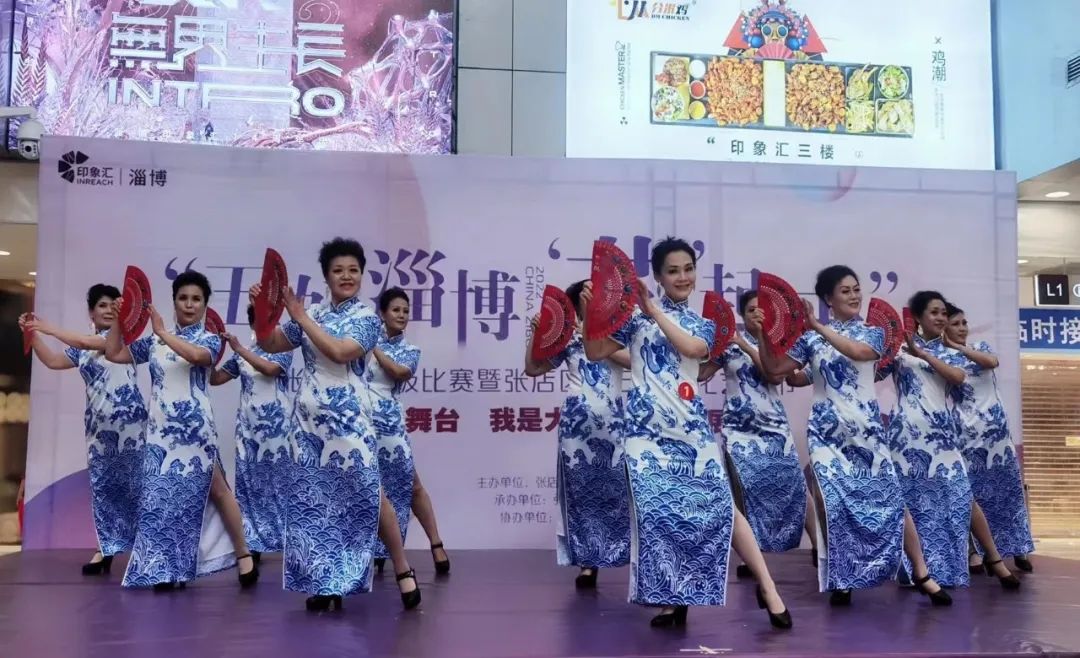
On July 15, the Fifth Zhangdian District, the Propaganda Department of the Zhangdi...
Tong Shu calendar: What is "Cinderella complex"?
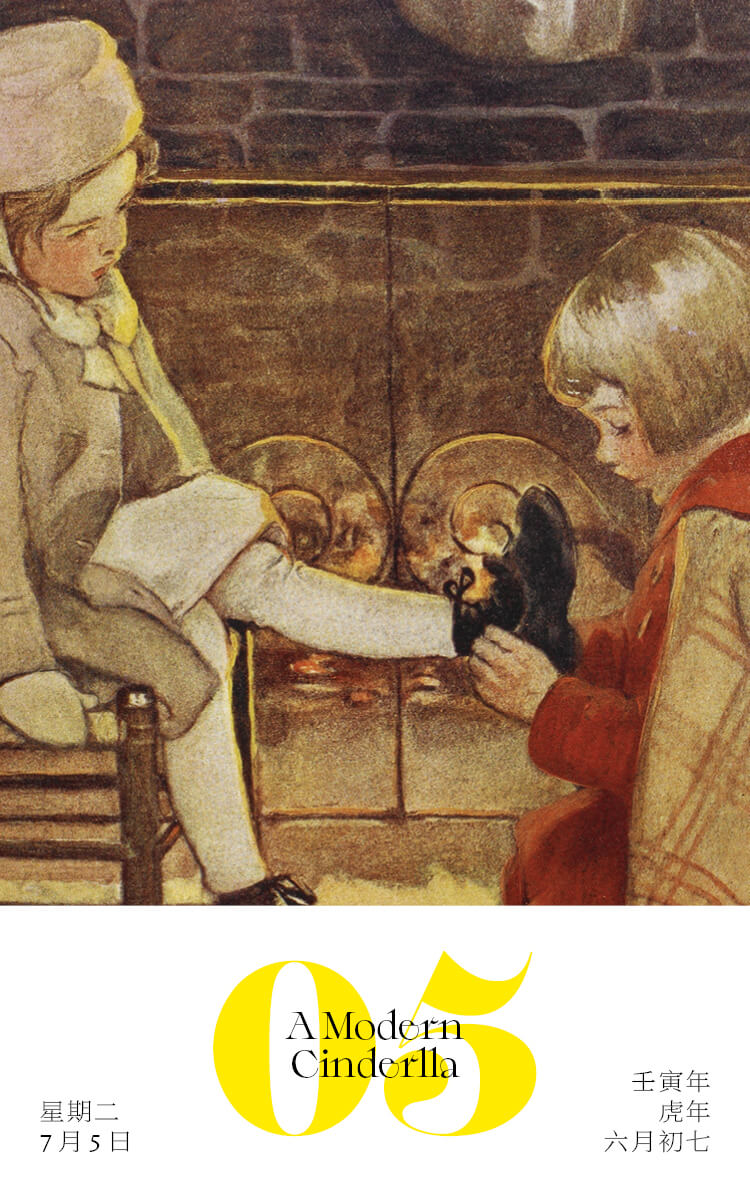
Zhan Lu's college calendar, good -looking and good, exclusive museum around you.Th...